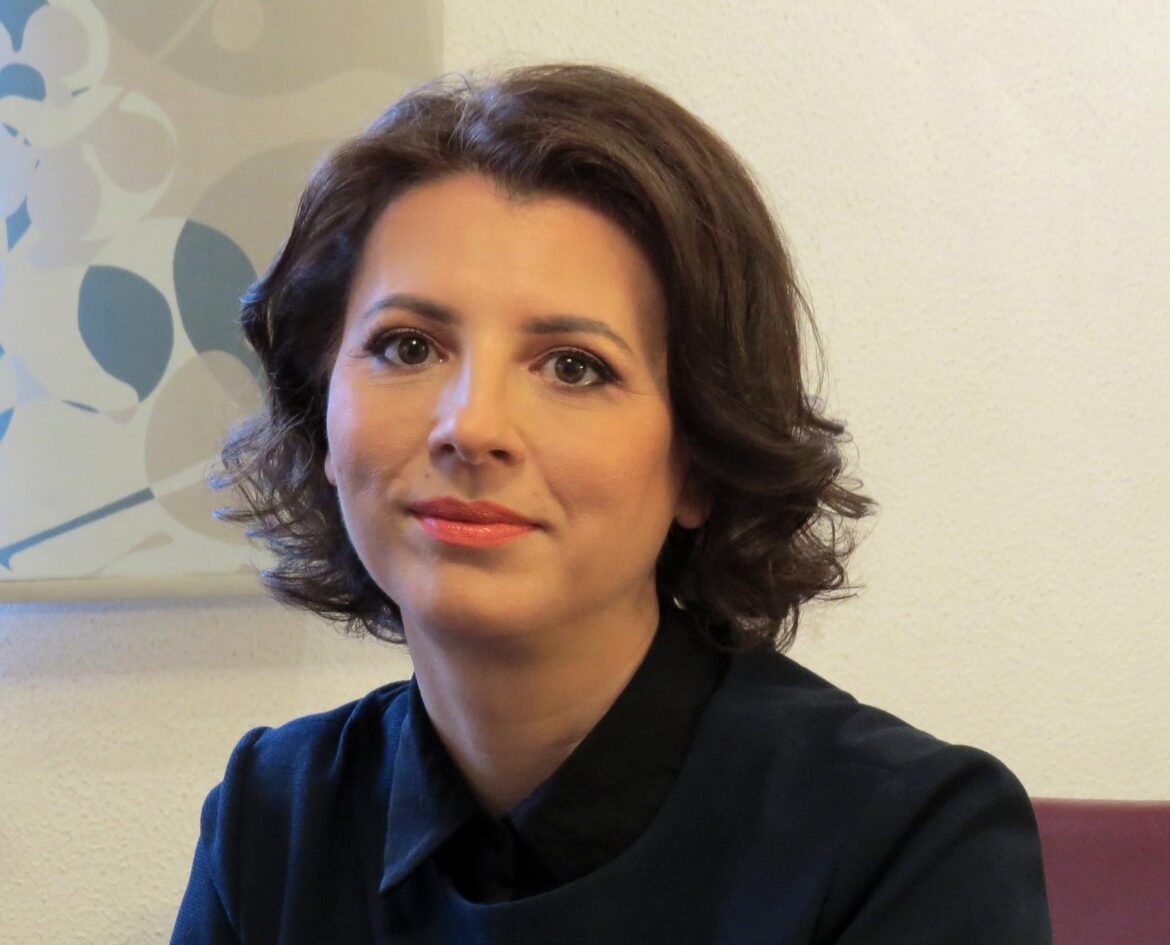Romanians are increasingly purchasing electric cooking appliances as the number of prosumers (consumers who also produce their own energy) reaches new record levels. According to the latest data published by the National Energy Regulatory Authority (ANRE), at the end of May 2025, Romania had 228,302 prosumers connected to the grid. Ilfov leads the ranking of counties with the highest number of prosumers, with 14,798, followed by Timiș (11,143), Bihor (9,419), Dolj (8,811), Suceava (8,122), Arad (8,029), Iași (7,606), and Constanța (6,540).
This surge in micro-producers of electricity is directly reflected in the rising interest in electric kitchen appliances, especially induction hobs, ceramic hobs, and electric ovens, which are increasingly chosen over gas-powered equipment.
“We are witnessing a paradigm shift in consumer behavior: Romanians are investing in photovoltaic panels and, at the same time, transforming their kitchens to use this green energy. The trend to give up gas in favor of efficient electric cooking solutions such as induction, ceramic, mixed hobs, and built-in ovens is becoming more pronounced,” said Mioara Bolozan, Country Manager Romania & Bulgaria. “Our sales growth of over 60% in electric hobs and 40% in ovens in the first half of 2025 highlights Romanians’ growing appetite for energy-efficient cooking appliances that match their new sustainable lifestyle.”

As of July 1, 2025, the electricity market was fully liberalized, with the last price caps removed. In this new context, household consumers are far more attentive to the energy consumption of their appliances to optimize electricity bills. Energy class has become an essential purchase standard: buyers prefer higher-efficiency models (Class A or A+), even if the initial investment is slightly higher, knowing that in the long run, reduced consumption leads to savings.
At Hansa, most ovens sold in Romania are classified as energy efficiency Class A, ensuring lower electricity consumption. Moreover, induction hobs – the top tier of electric cooking appliances – are recognized for their efficiency, using up to 40% less energy compared to conventional ceramic electric hobs, an important advantage especially in the context of rising utility costs.

In addition to efficiency, consumers are increasingly interested in the smart features offered by new appliances. The ability to control the oven from a smartphone or schedule meal preparation remotely is highly valued in an increasingly connected society. For example, some Hansa ovens come with Wi-Fi connectivity and a smart control panel, allowing users to monitor and adjust settings remotely, as well as access dozens of preset recipes directly on the appliance’s display. Other features, such as automatic shut-off, child safety locks, or heat sensors, have become standard in many modern models, enhancing both comfort and safety.
“We are proud to be Romanians’ partner in their transition to an energy-efficient lifestyle,” added Mioara Bolozan. “Our longstanding expertise allows us to constantly innovate – from high-performance induction hobs to smart ovens with connectivity – ensuring our customers benefit from reliable, economical appliances built for the future.”

Another aspect highlighted by Mioara Bolozan is the difference in adoption pace between urban and rural areas. In cities, where incomes are higher and new housing developments often come equipped with modern kitchens, the transition to induction hobs and built-in electric ovens has been faster. Urban consumers also place great importance on integrated design and smart functionalities, adapting quickly to the trend of intelligent home appliances.
In rural areas, where access to natural gas networks remains limited in many regions, the shift to fully electric cooking has been slower, with many households still relying on LPG cylinders or wood stoves. However, the growing number of prosumers also includes Romania’s villages: support programs such as Casa Verde Fotovoltaice have enabled many rural families to install solar panels and become energy producers. This encourages them to also choose efficient electric appliances to fully benefit from the energy they generate. The fact that predominantly rural counties such as Dolj and Suceava are among the leaders in prosumer numbers demonstrates that interest in energy independence and high-performance electric cooking appliances now transcends the urban-rural gap. These differences are gradually narrowing as technology becomes increasingly accessible to all.

With nearly 70 years of tradition in producing cooking appliances at its factory in Wronki, Poland, Hansa is positioned as an industry expert and promoter of energy efficiency. Part of the European Amica Group, active in over 50 countries, Hansa offers a complete range of freestanding cookers, hobs, and built-in ovens designed to meet modern demands for low consumption, reliability, and contemporary design. Amica Group focuses on the production of electric cooking appliances, serving the entire European market, where the consumption profile is predominantly electric.


Dining and Cooking